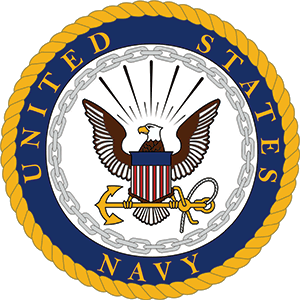ABOUT HS-6
- Establishment: Helicopter Anti-Submarine Squadron 6 (HS-6), known as the "Indians," was established on 1 June 1956 at Naval Air Station Imperial Beach, California.
- Nickname: The squadron adopted the nickname “Indians” due to their early insignia, which featured a Native American chief in profile.
- Vietnam War Service: HS-6 played a crucial role during the Vietnam War, conducting search and rescue (SAR) missions for downed pilots and providing anti-submarine warfare (ASW) capabilities.
- Apollo Missions: HS-6 gained international fame as the primary recovery unit for the Apollo 11, 12, and 13 lunar missions, retrieving astronauts and command modules from the Pacific Ocean.
- Aircraft Evolution: The squadron operated several helicopter types over its history, including the HSS-1 Seabat, SH-3 Sea King, and later the SH-60F/HH-60H Seahawk.
- Persian Gulf Operations: HS-6 participated in Operations Desert Storm and Southern Watch, providing crucial ASW, SAR, and logistics support from aircraft carriers in the Persian Gulf.
- Humanitarian Missions: The squadron was involved in disaster relief efforts, including earthquake recovery in California and flood response in Bangladesh.
- Carrier Assignments: HS-6 deployed with several aircraft carriers, most notably the USS Kitty Hawk, USS Constellation, and USS Nimitz, supporting Carrier Air Wing 11 (CVW-11).
- Merger and Redesignation: In 2012, HS-6 was redesignated as Helicopter Sea Combat Squadron 6 (HSC-6) as part of the Navy's transition to a broader multi-mission helicopter role.
- Legacy: HS-6 was awarded multiple Meritorious Unit Commendations and Navy Unit Commendations for its operational excellence and continues its legacy as HSC-6, "Screamin' Indians."

